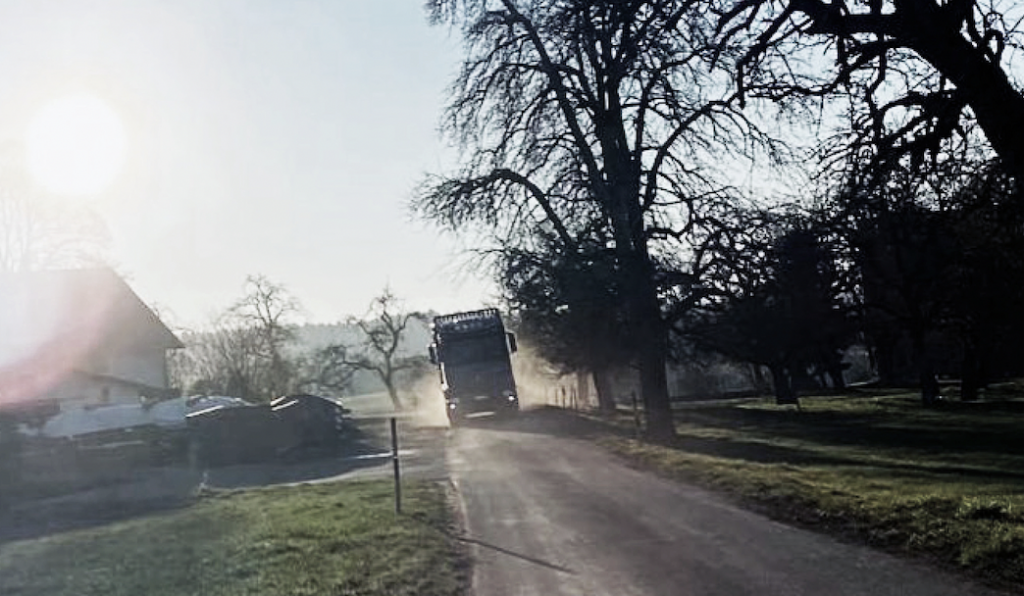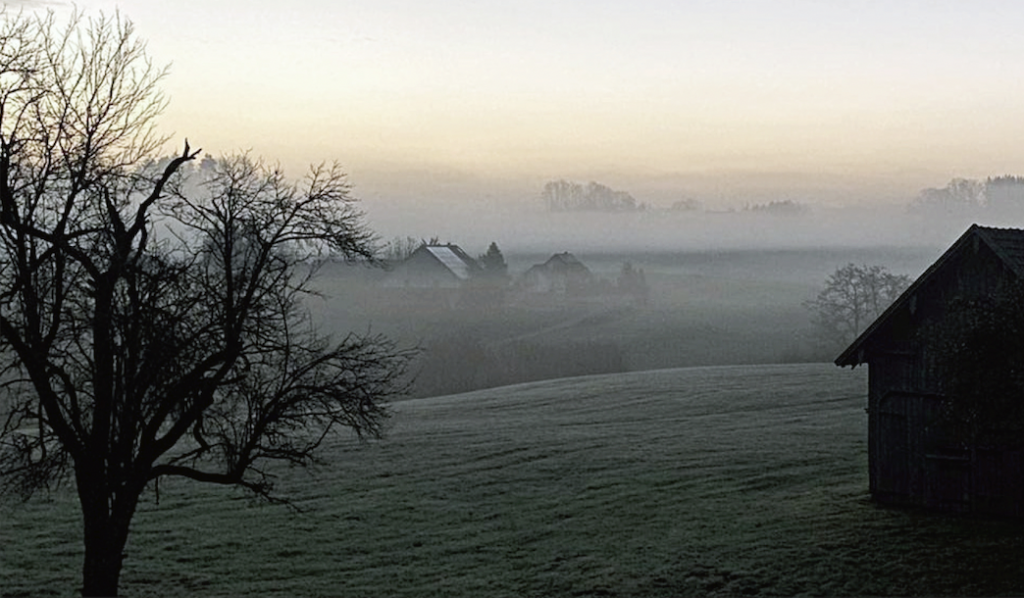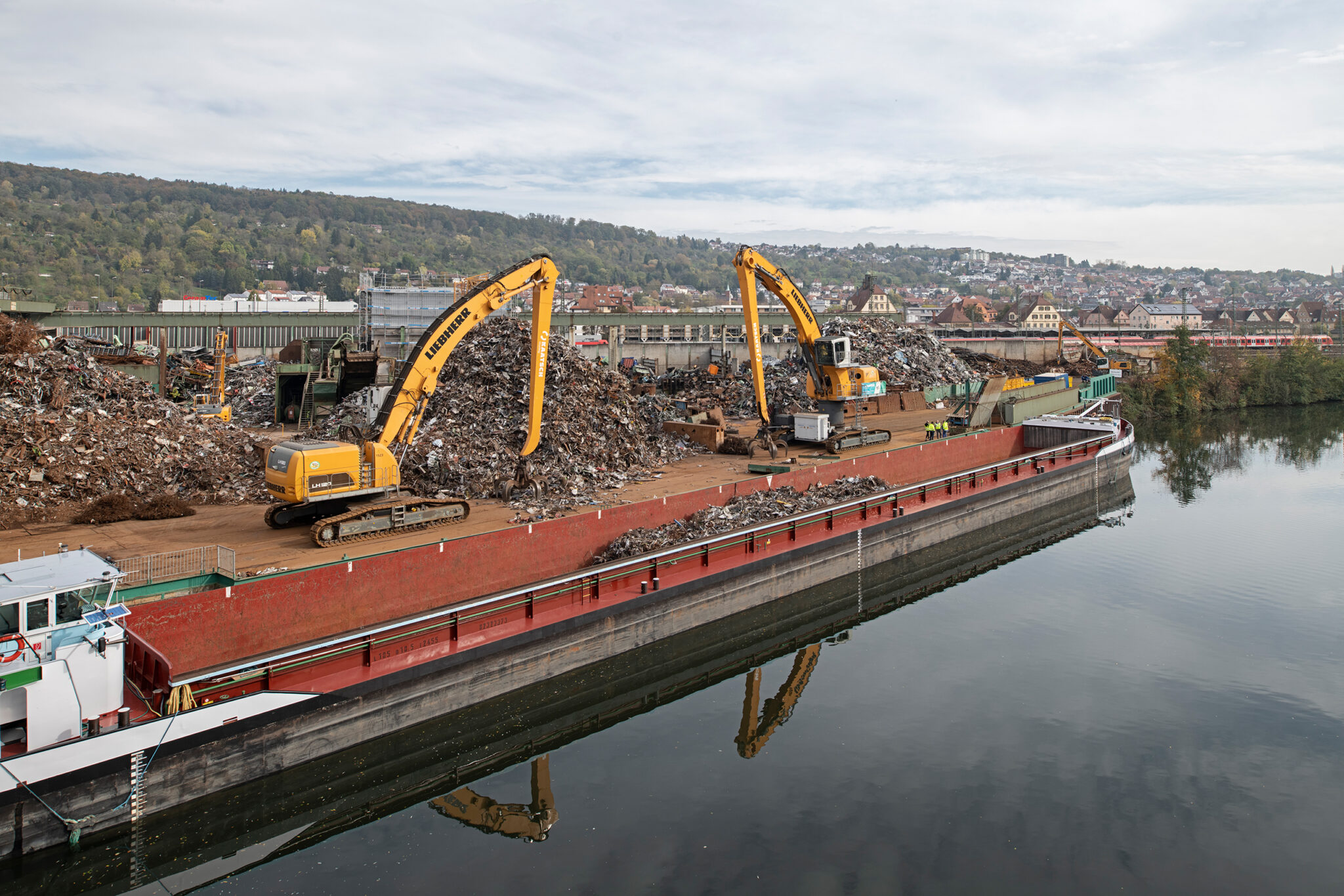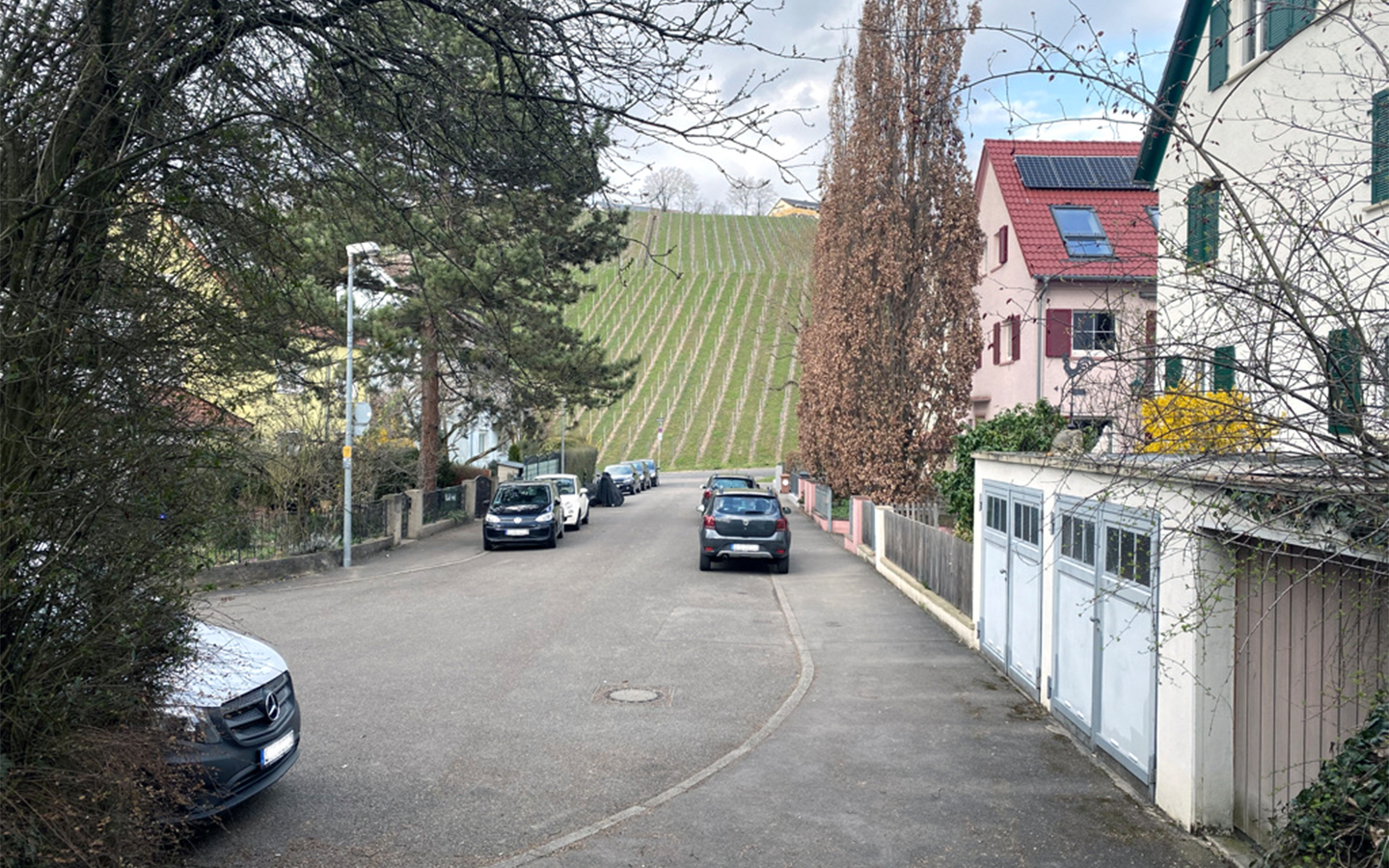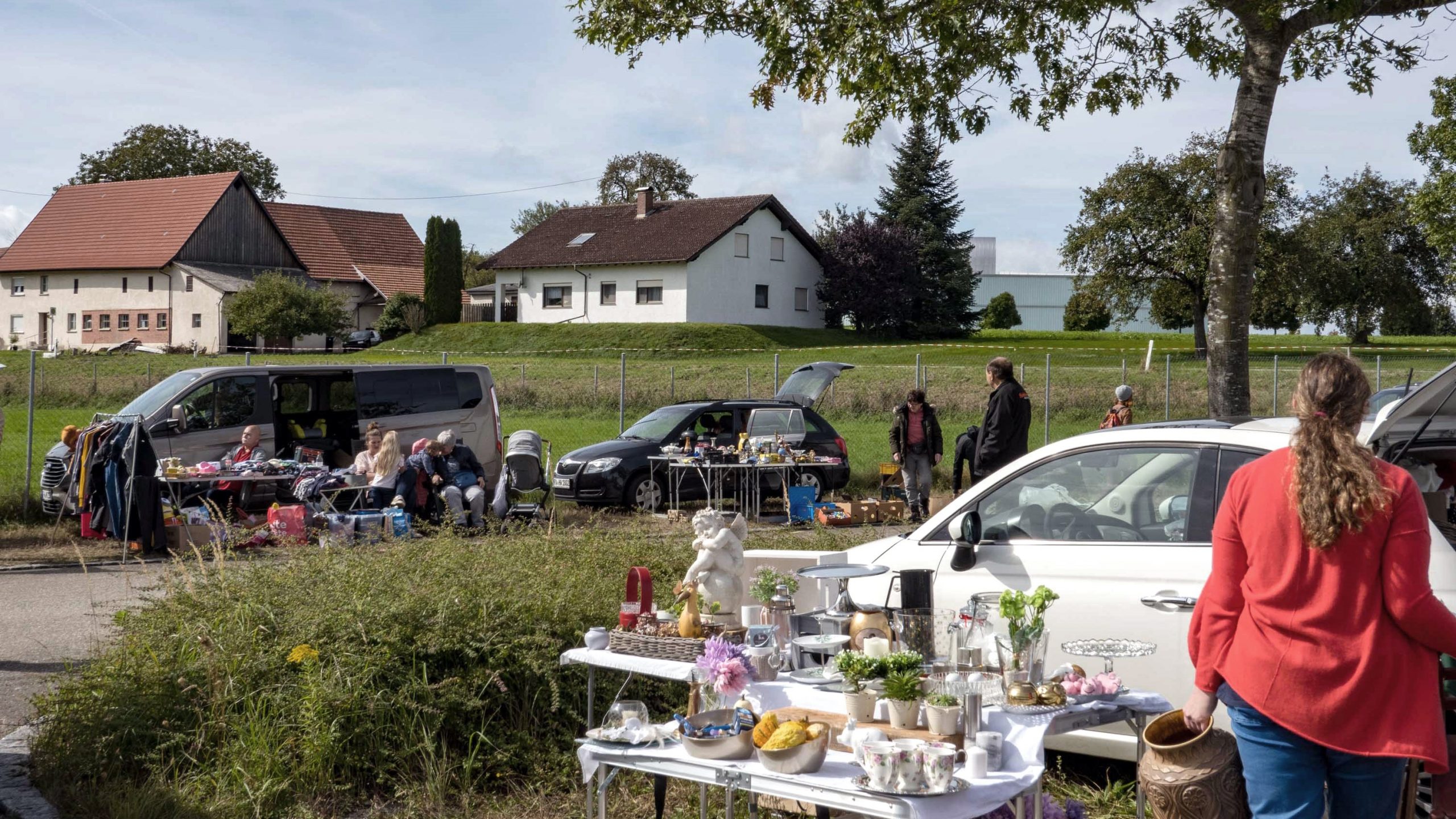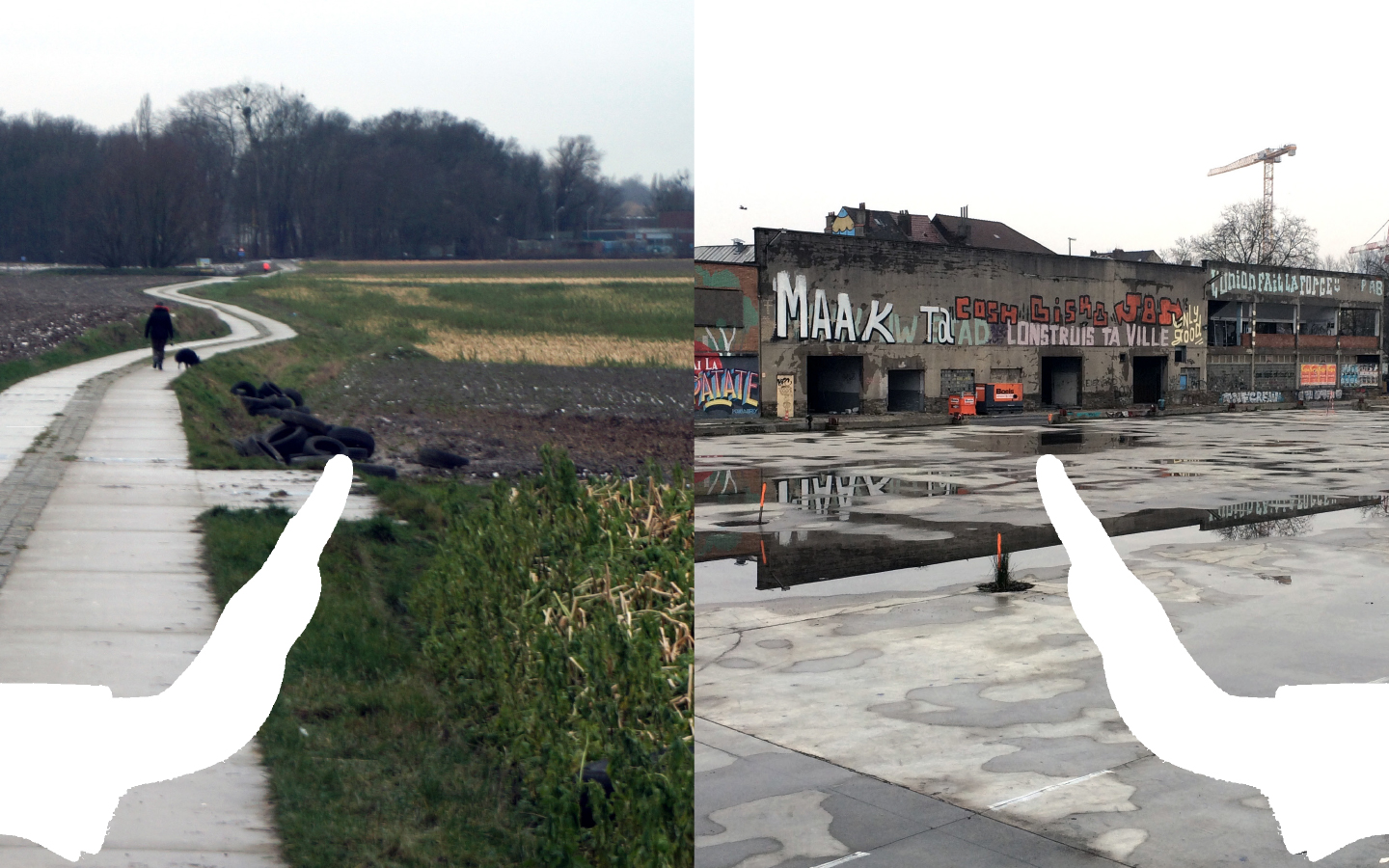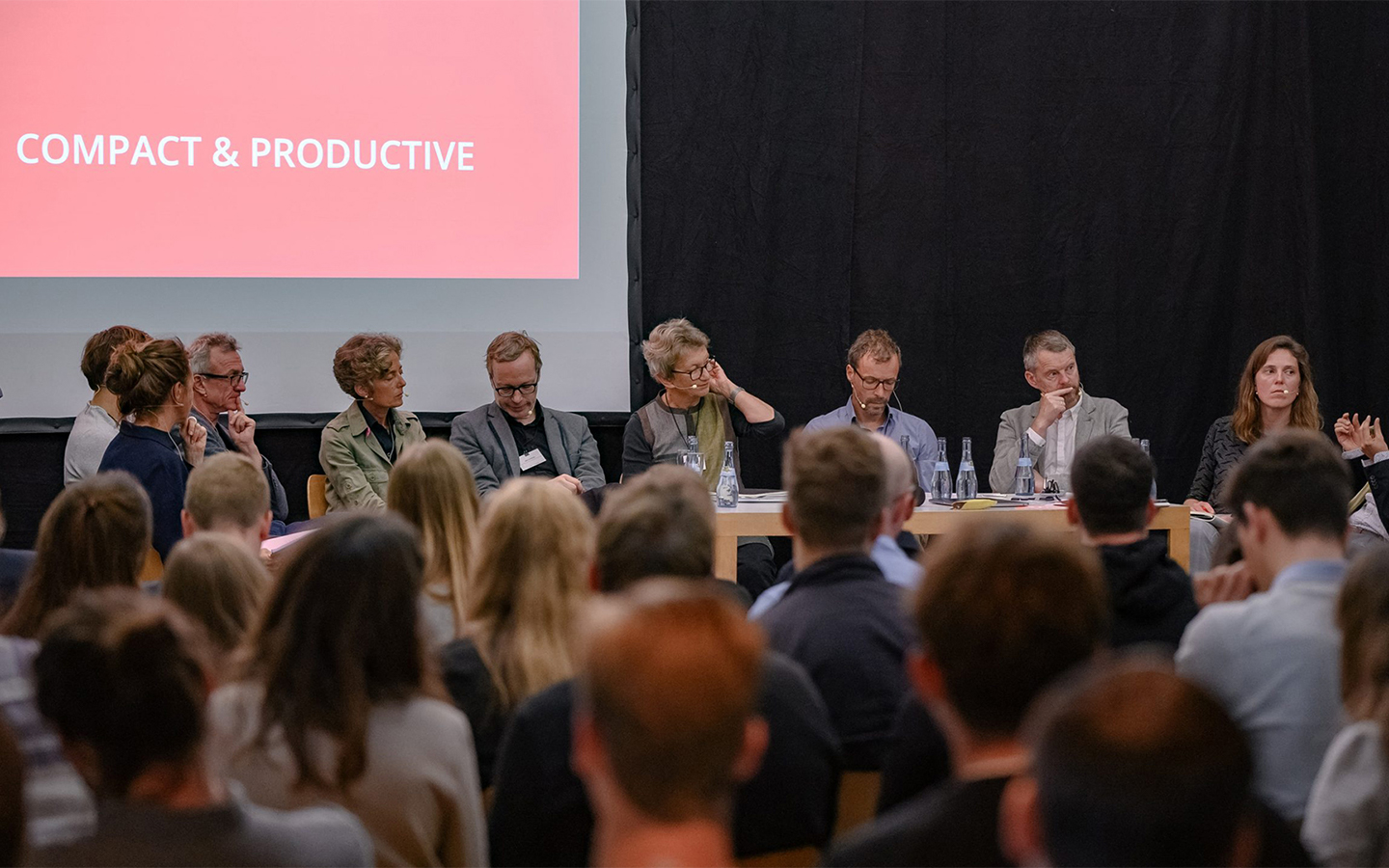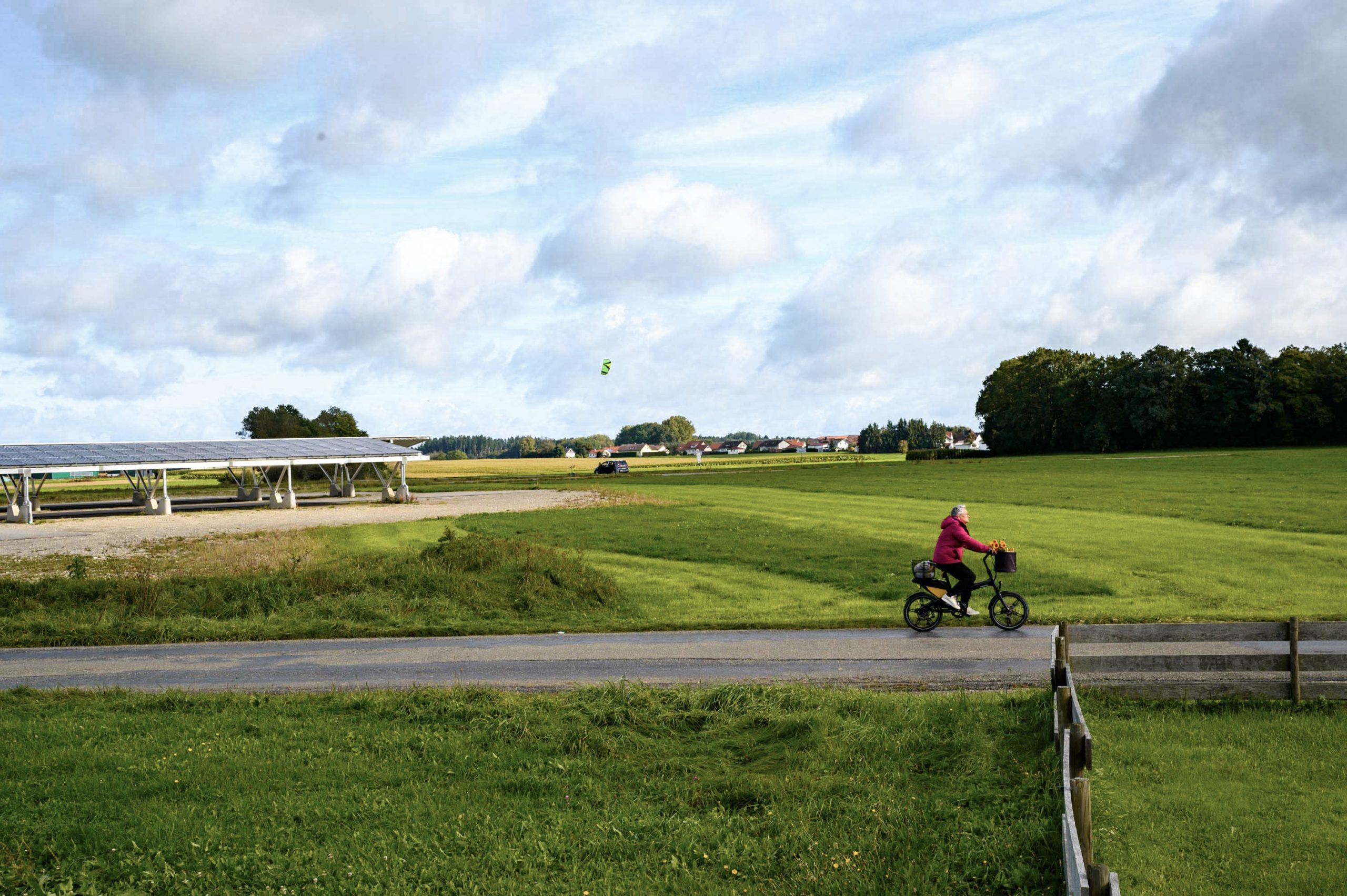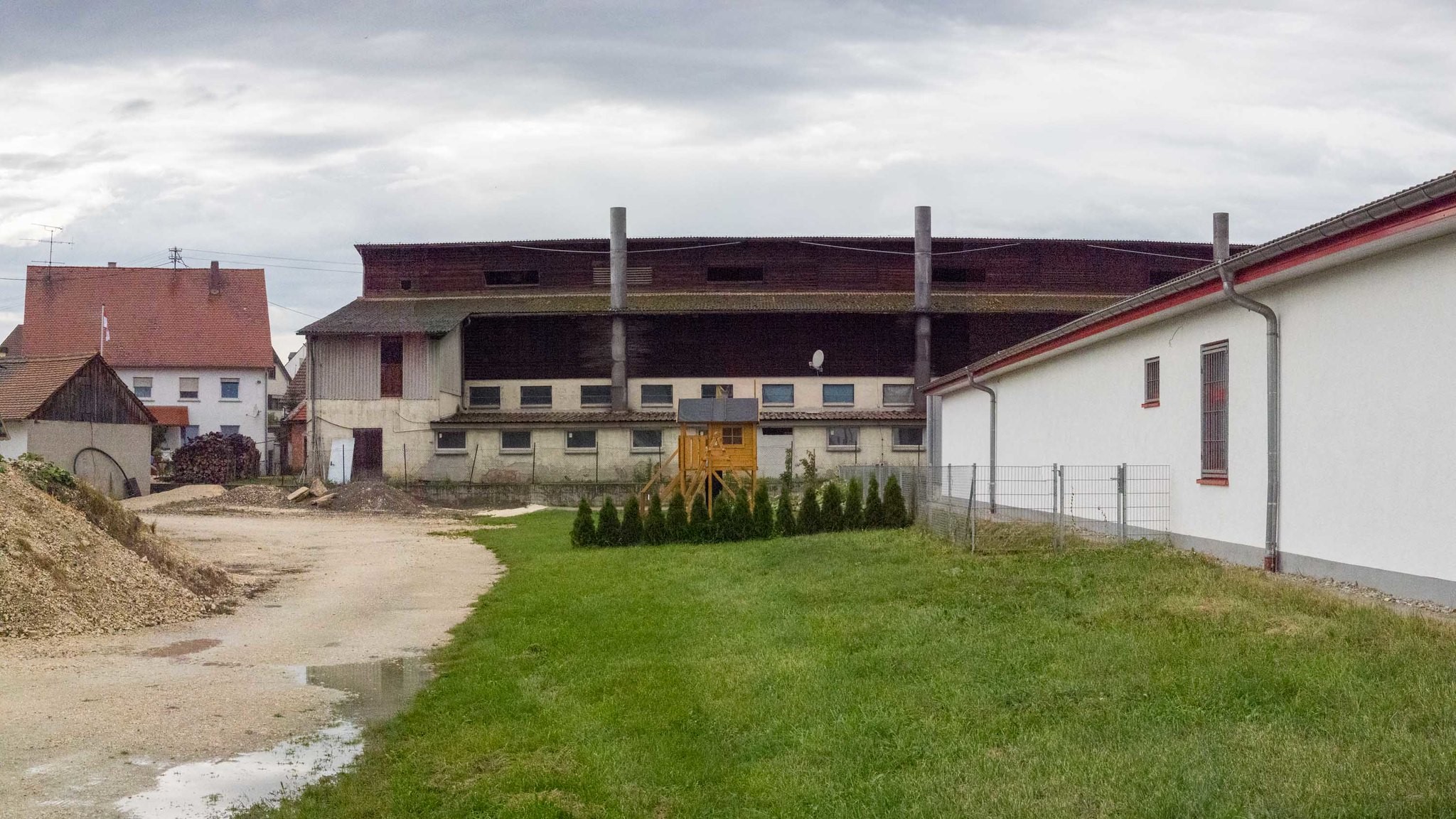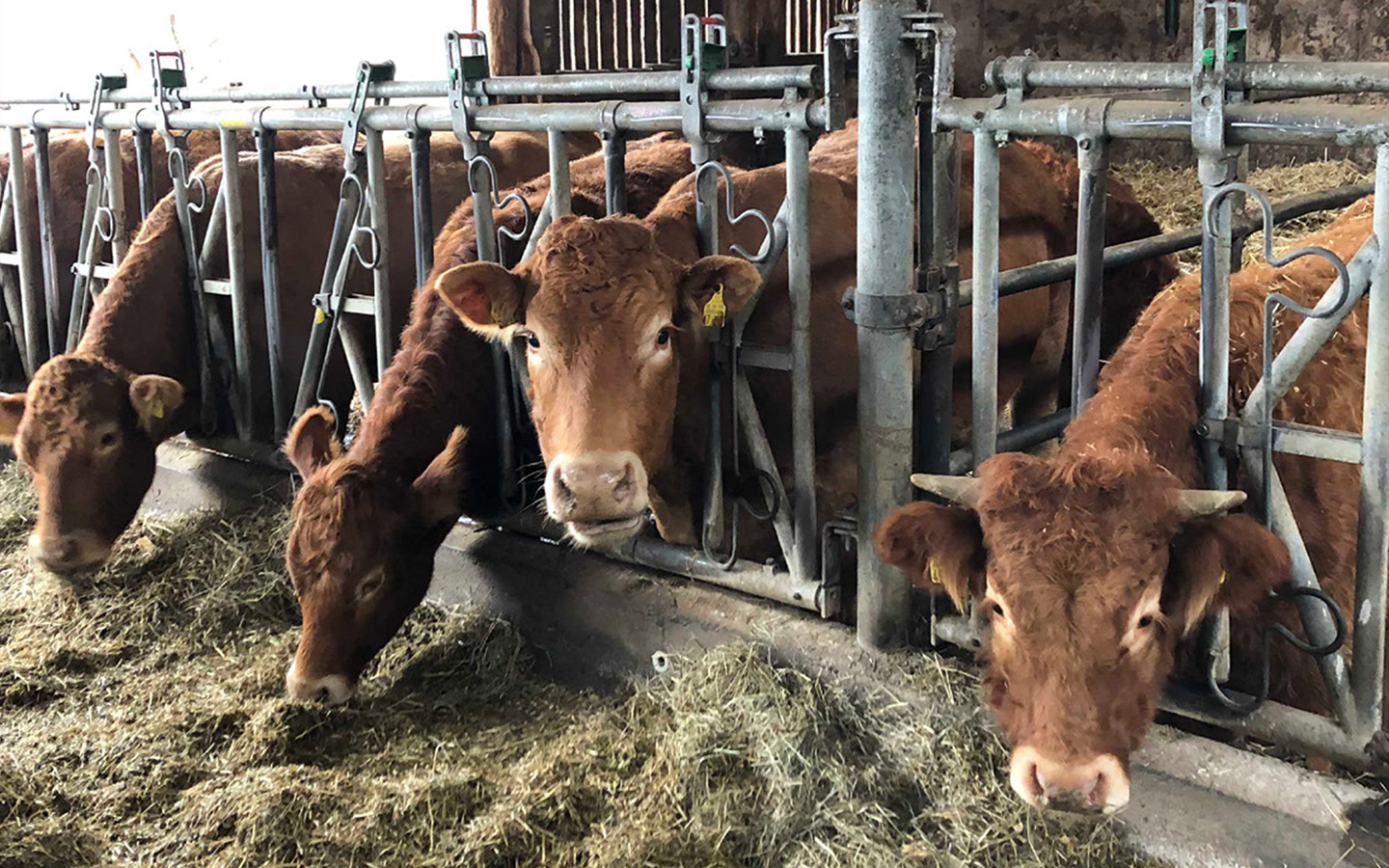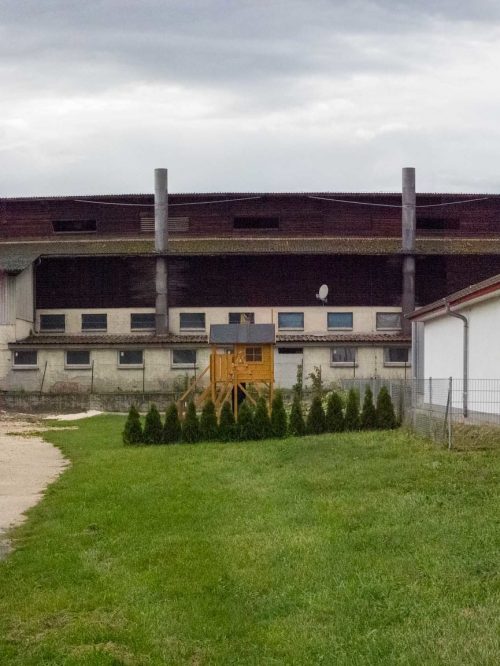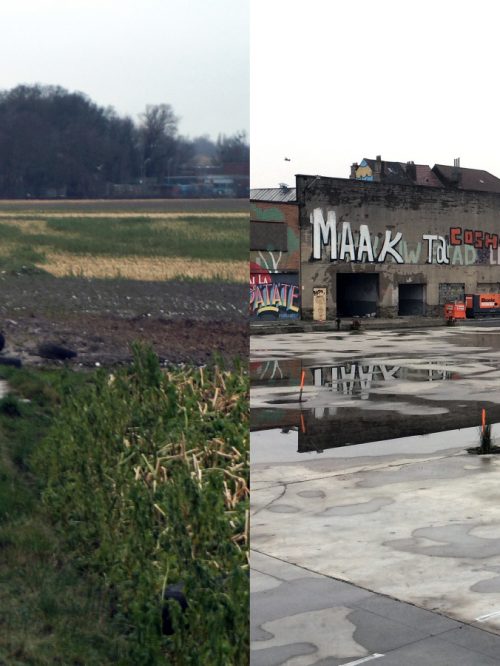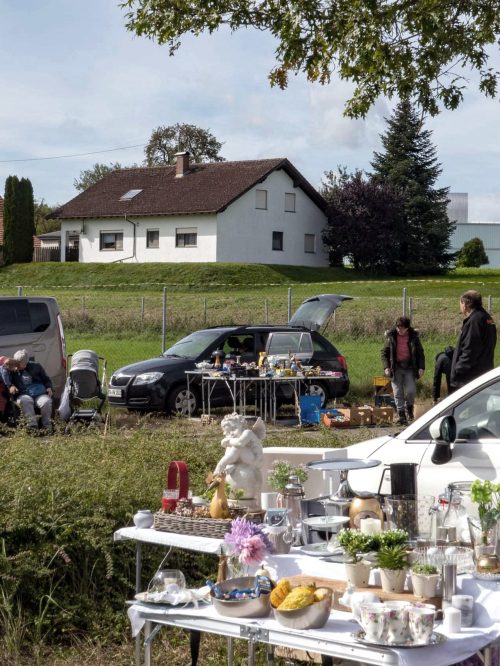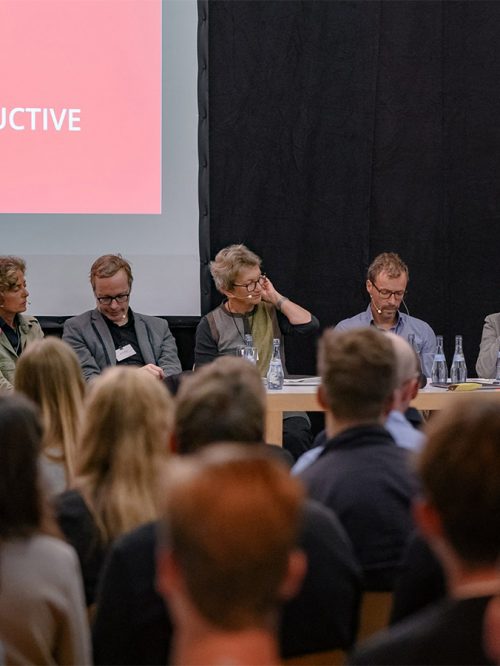Stadt Land Workroom
Beyond definitions: re-reading the countryside -
From Ulm to Lake Constance
The workroom displays the outputs of a three year experimental project lab embedded in the BA at Biberach School of Architecture. The students investigate their immediate surroundings: an economically stable region, that still has to become conscious of changes to come. In six successive labs they unravelled some of the hidden features, natural co-operations, bizarre quirks or impressive risks in the area.
Rich local traditions and strong global linkages are similarly understood in the region between Ulm and Lake Constance. It is covered with a polycentric structure of settlement clusters in various sizes, many of them looking back on a history of urban autonomy since their beginning. In between these, a mixed used carpet of programmatic “pixels” sets a variety of functions in great proximity: infrastructures of all kind, industries and agricultural production, woods, swamps, housing, universities, waterways and a couple of airports. The methods of investigation combine traditional tools of urban research (quantitative and qualitative analysis plus photography) with new approaches through social media, open source data editing or explorative drifts on site. Along a grid of 10×10 square kilometres (based on the EEA reference grid) maps and diagrams illustrate and compare relevant structural characteristics and performances of different territories. In addition they edit urban-landscape-profiles that portray authentic local conditions. Each square starts to tell its own story and at the same time becomes part of the bigger picture: a territory much more ambiguous, under stress or edgy that participants would have imagined. Here is what they found …
_Oil exploitation in Oberschwaben
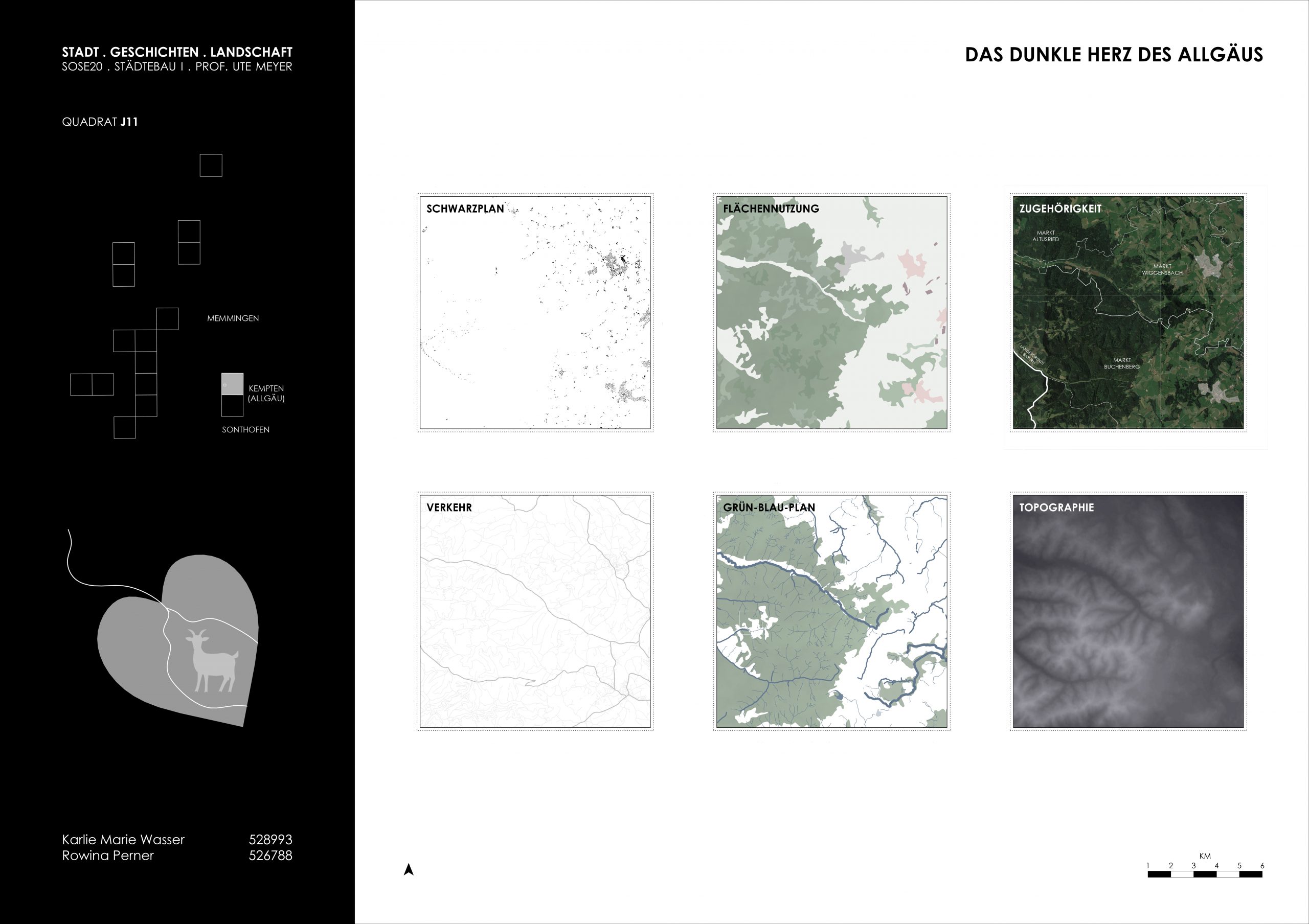
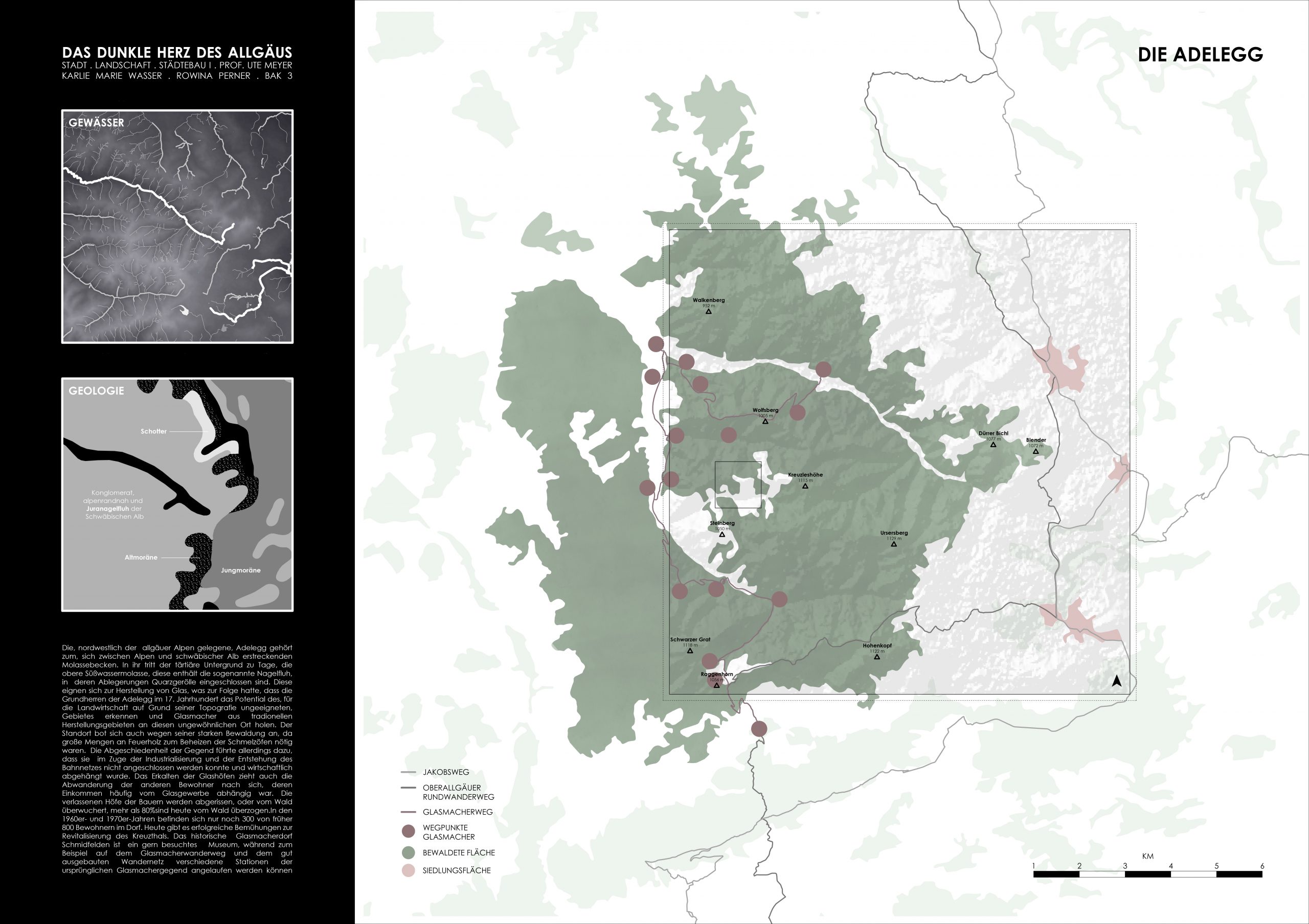
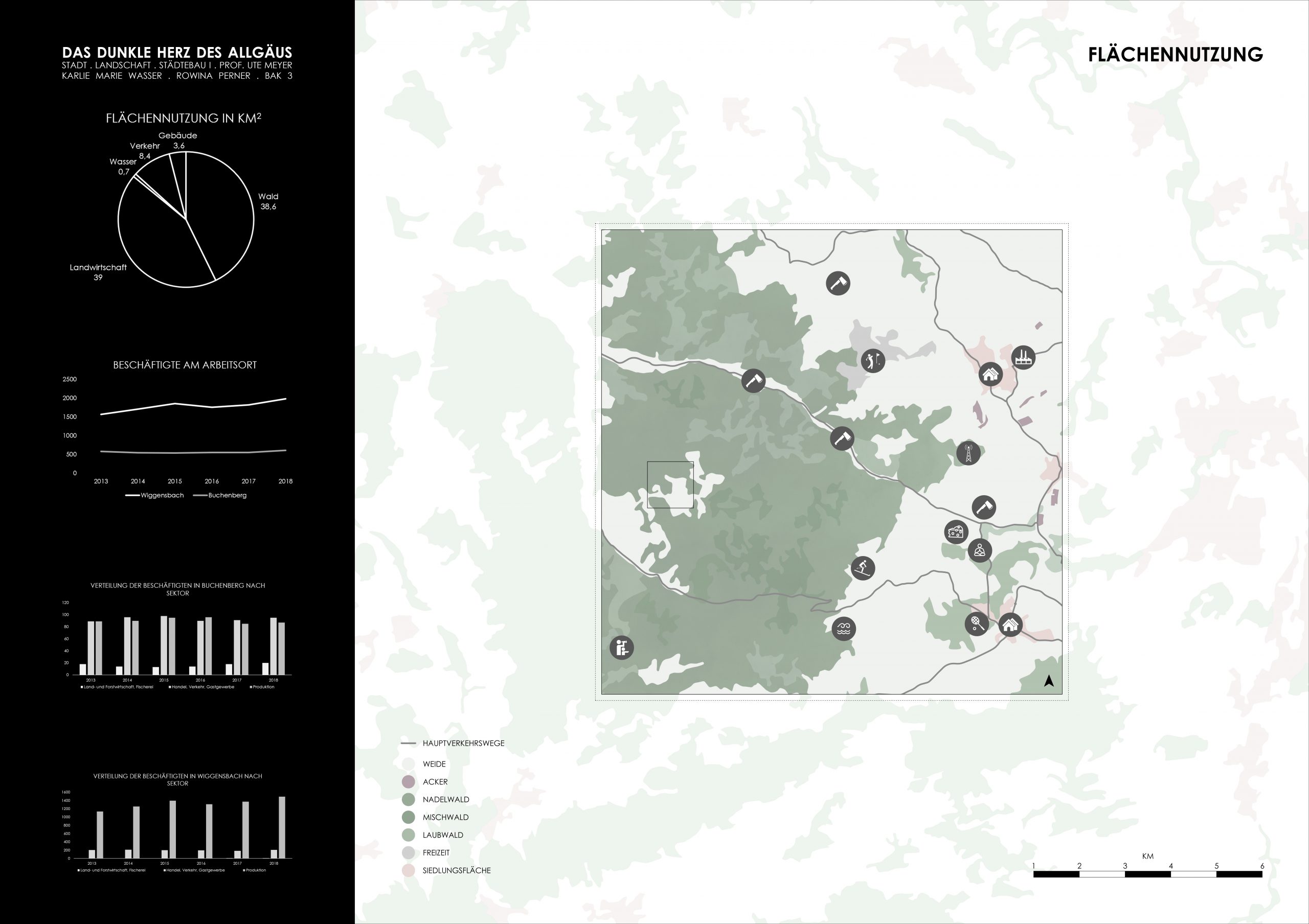
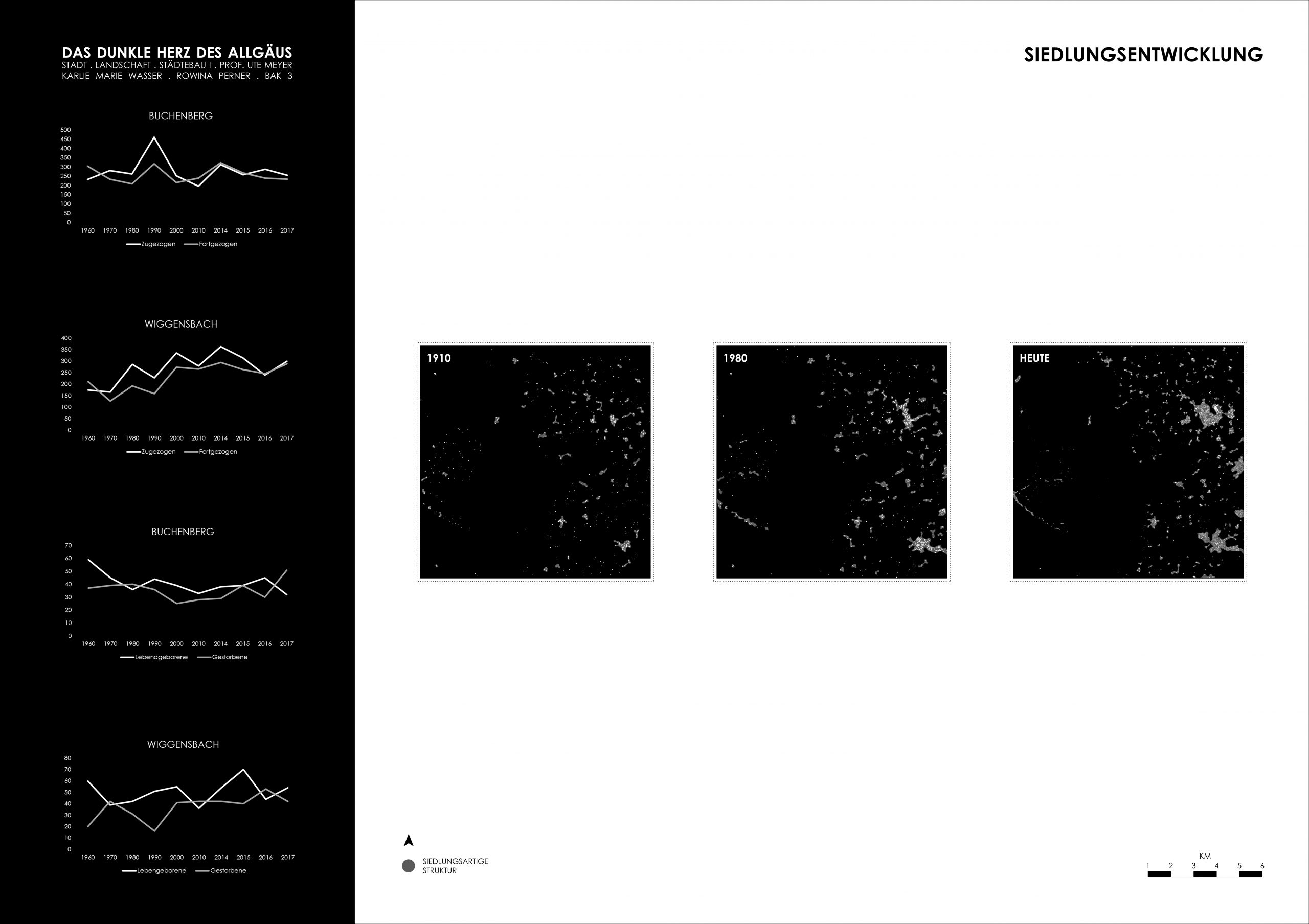
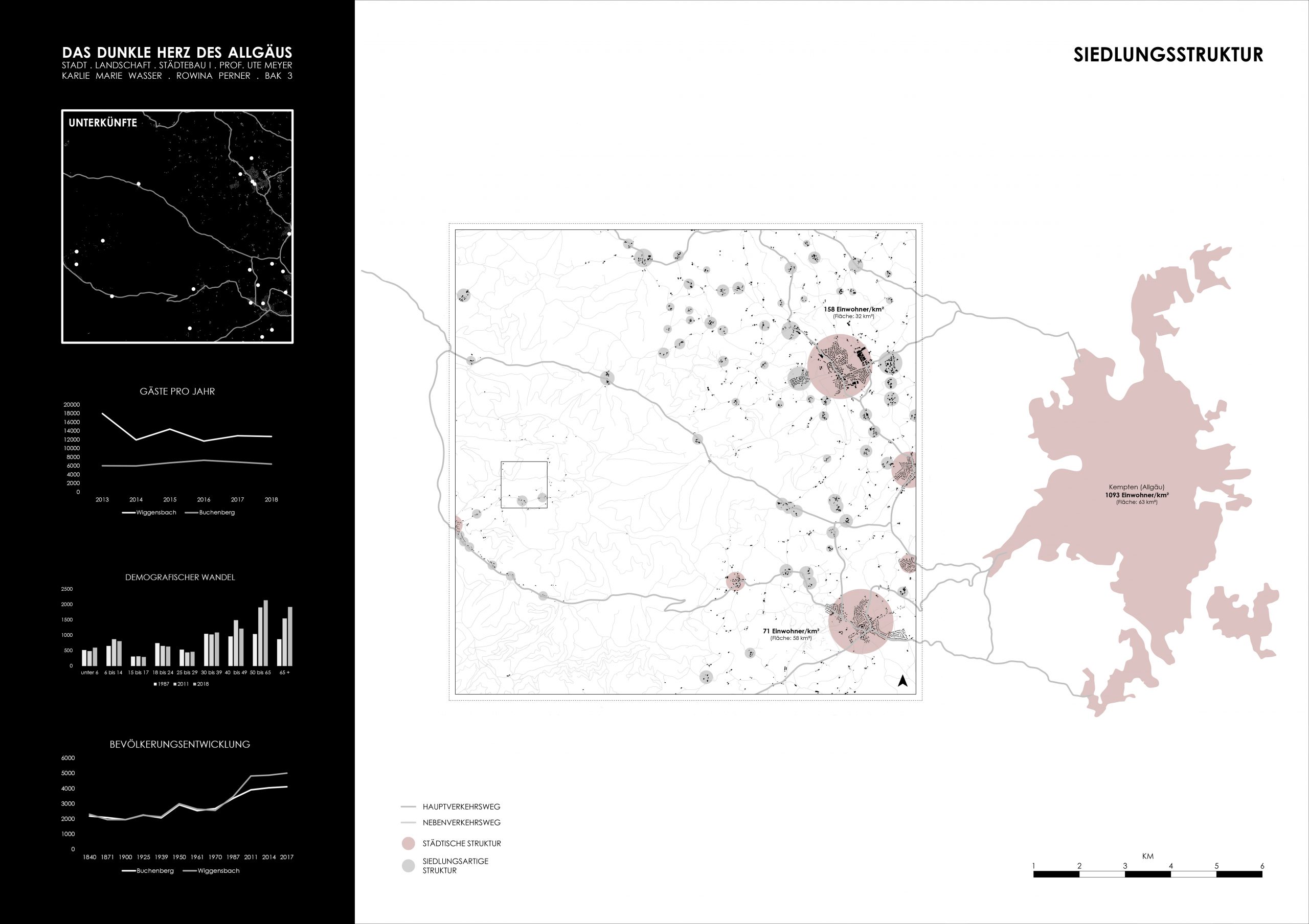
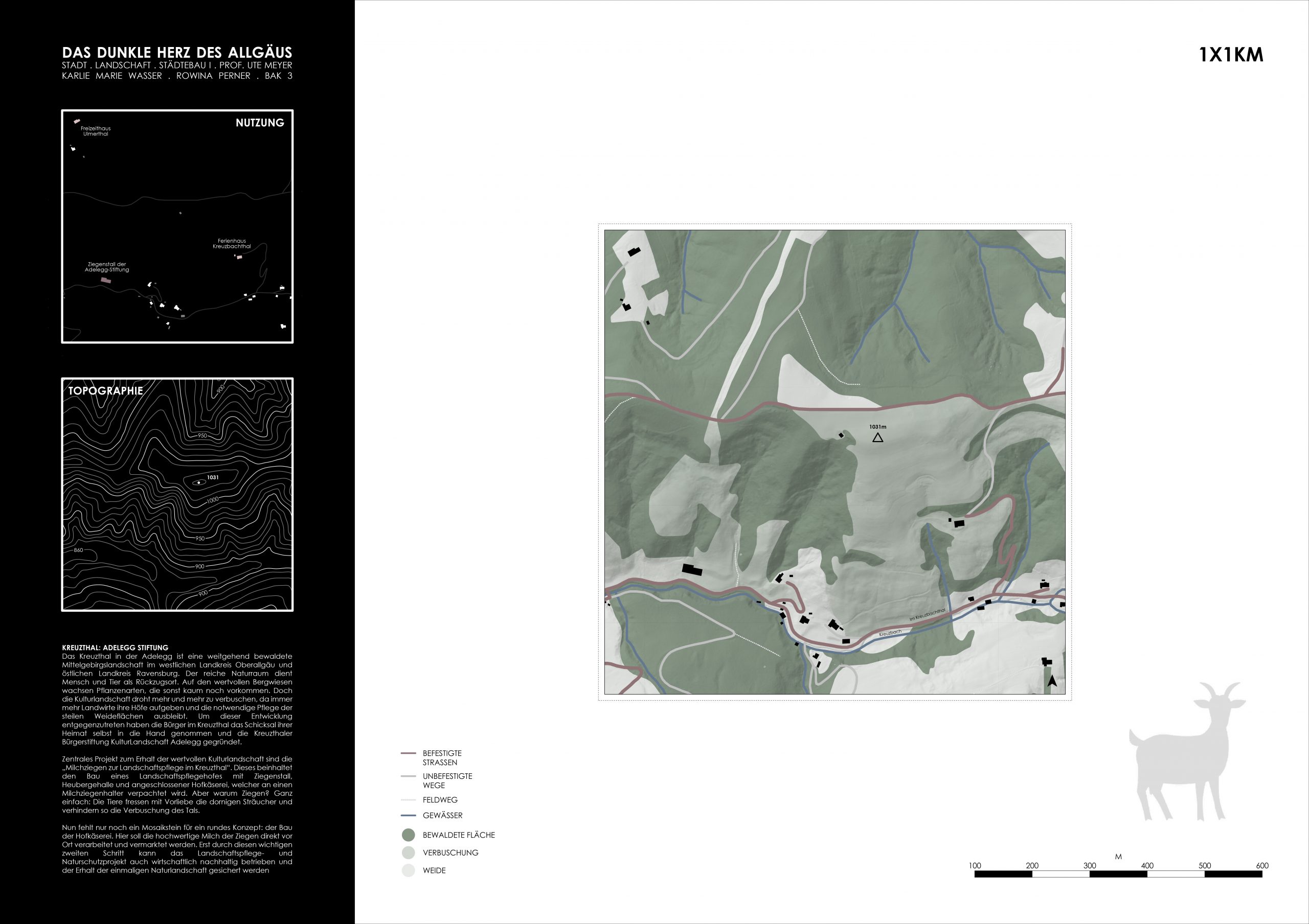
Between 1964 and 1995 oil derricks were a common site in Upper Swabia. For three decades ExxonMobil and other companies tapped into the oil-slick underneath the gently sloping hills of #westallgäu. On its peak …. refineries near the Danube. Quite unexpectedly oil has been a source of prosperity for the region. At the time, methods at hand limited the extraction and didn’t allow to squeeze the oil-bearing rocks to their last drop. Some signals have lately suggested a bizarre revival of oil production in villages like Mönchsrot, Hauerz or Erlenmoos. As in the last decade drills have started to reach down to depths of more than 1.500 meters, they theoretically allow further extraction. Will rising world prices or global instabilities reanimate the fading glory of the black gold in the middle of the energy turn?
This story is based on the research by Nicola Pfennich in WS 19/20
_A robust agricultural setting
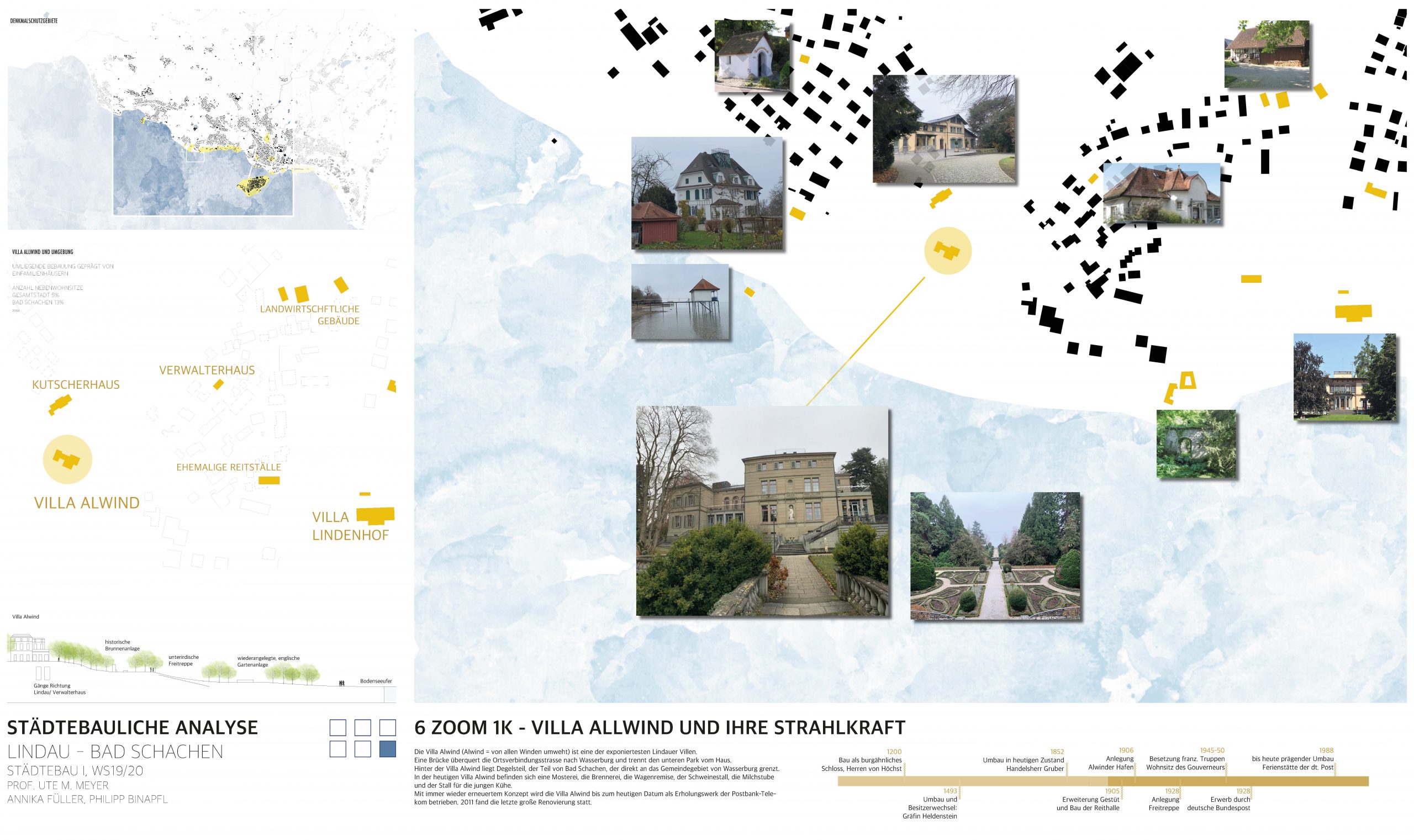
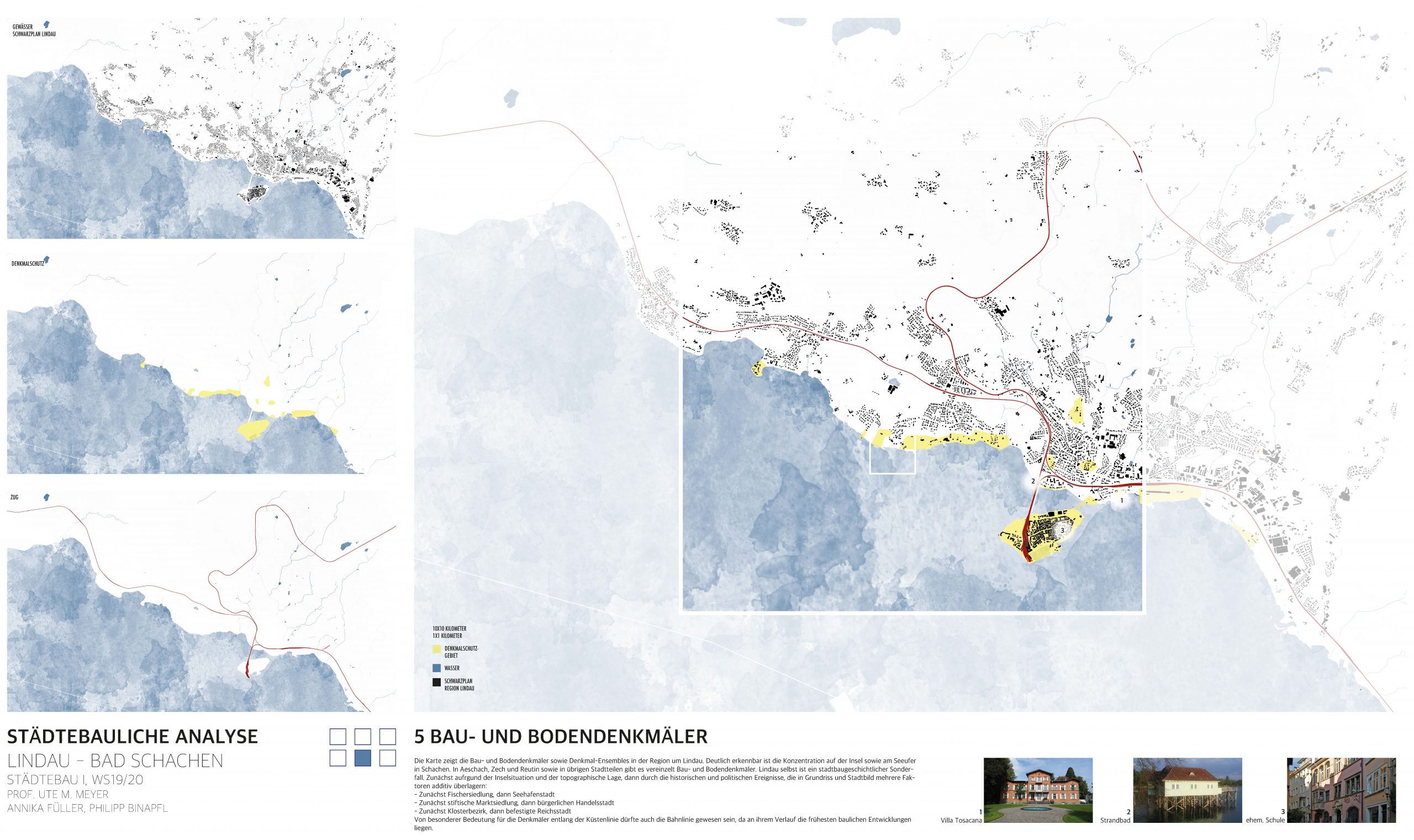
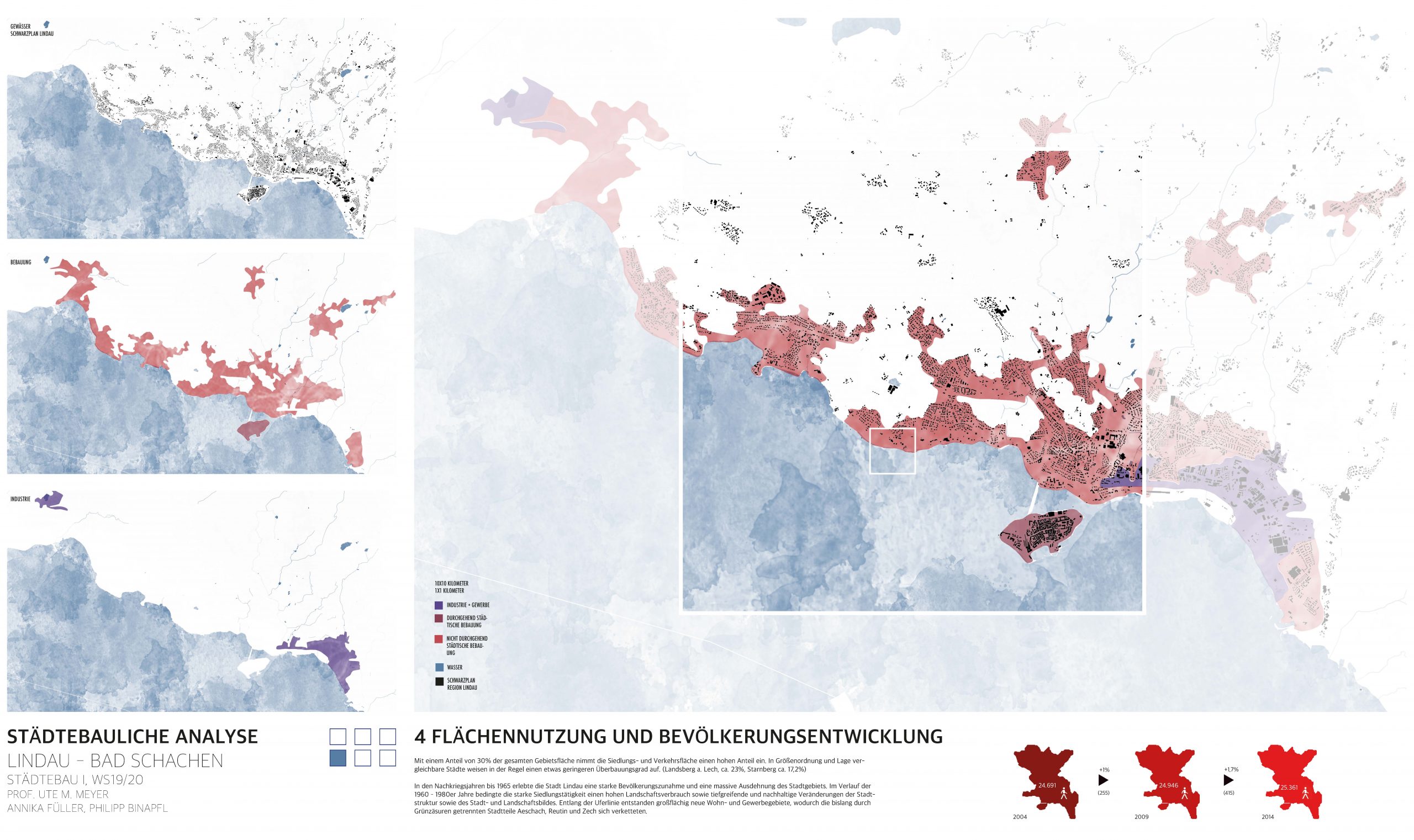
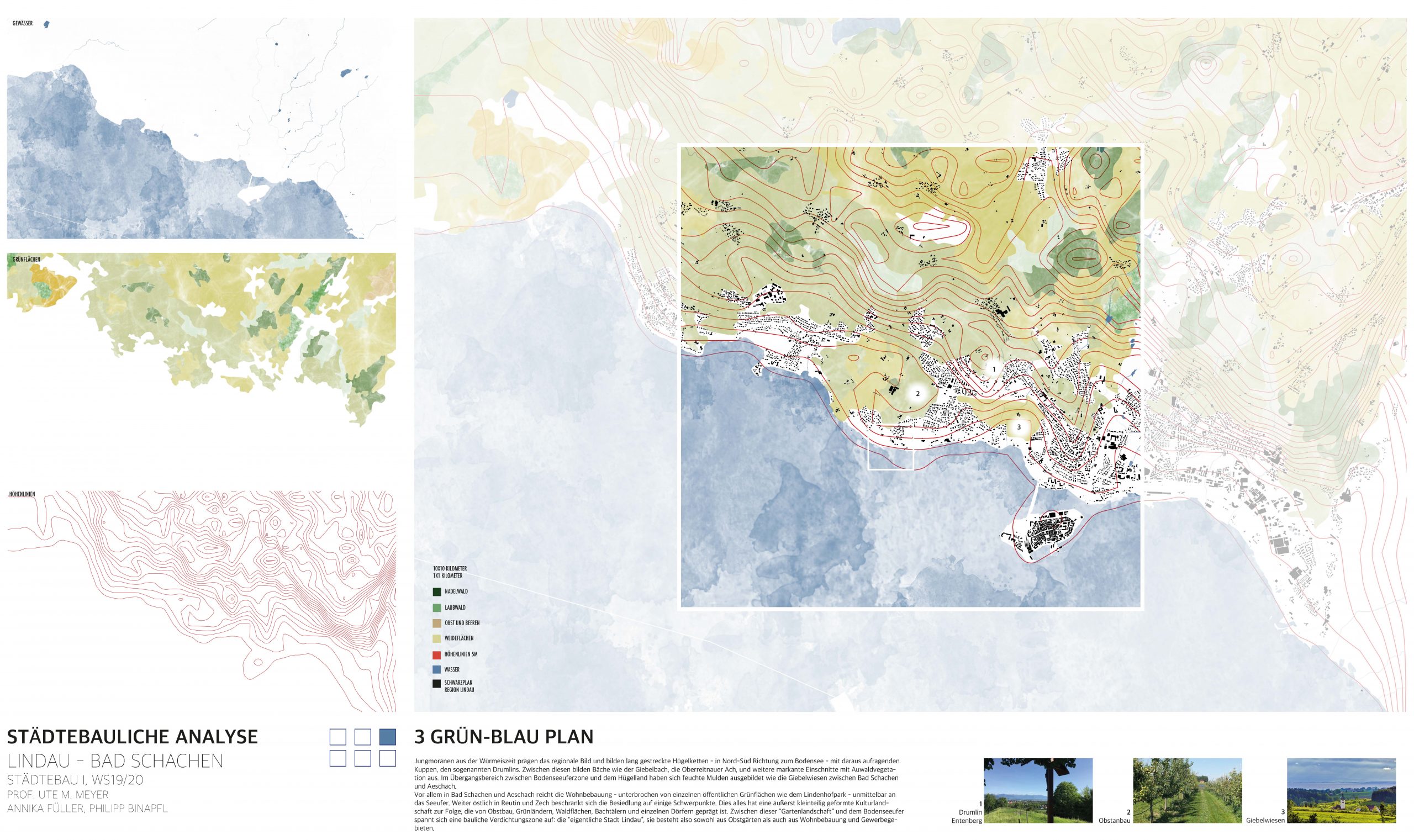
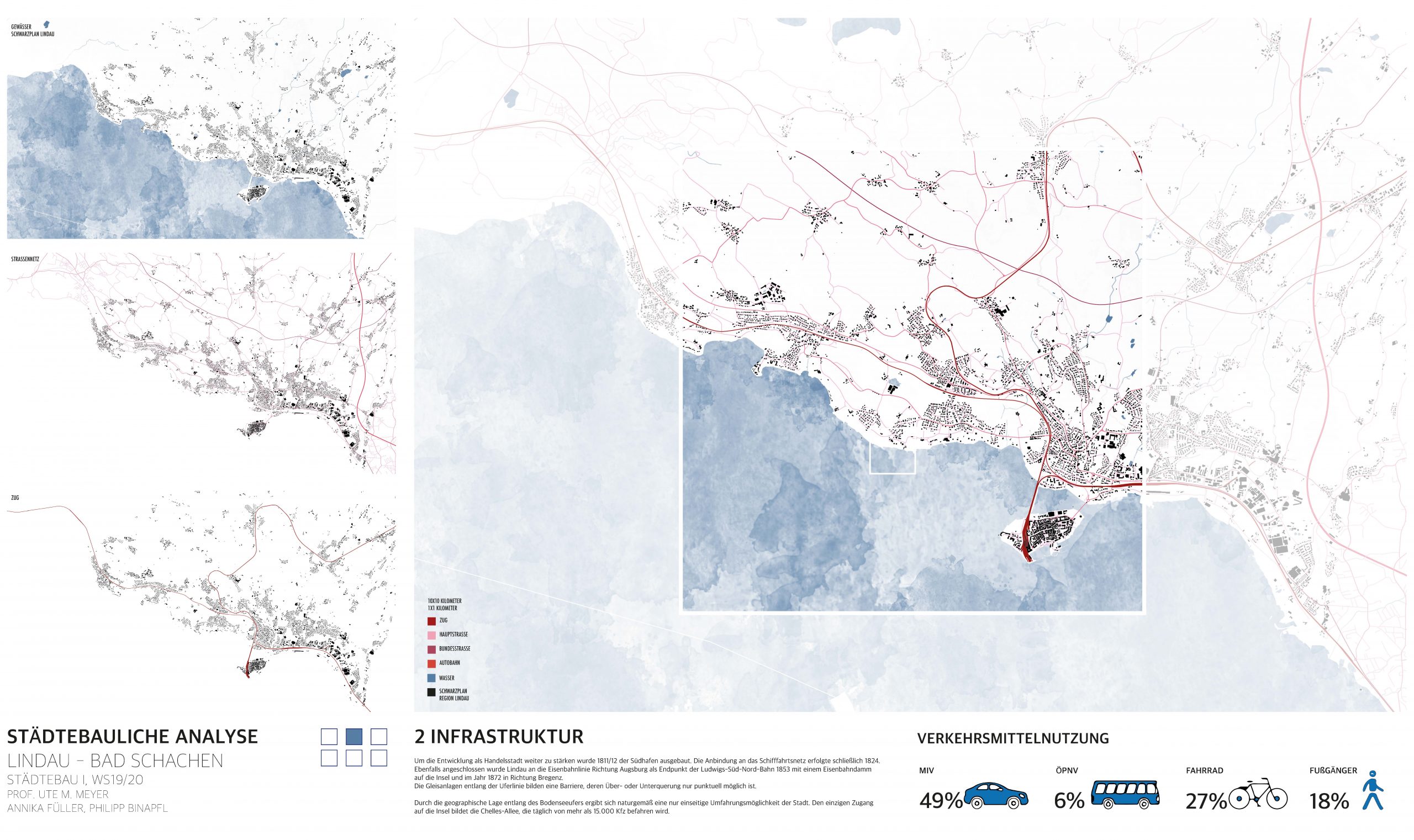
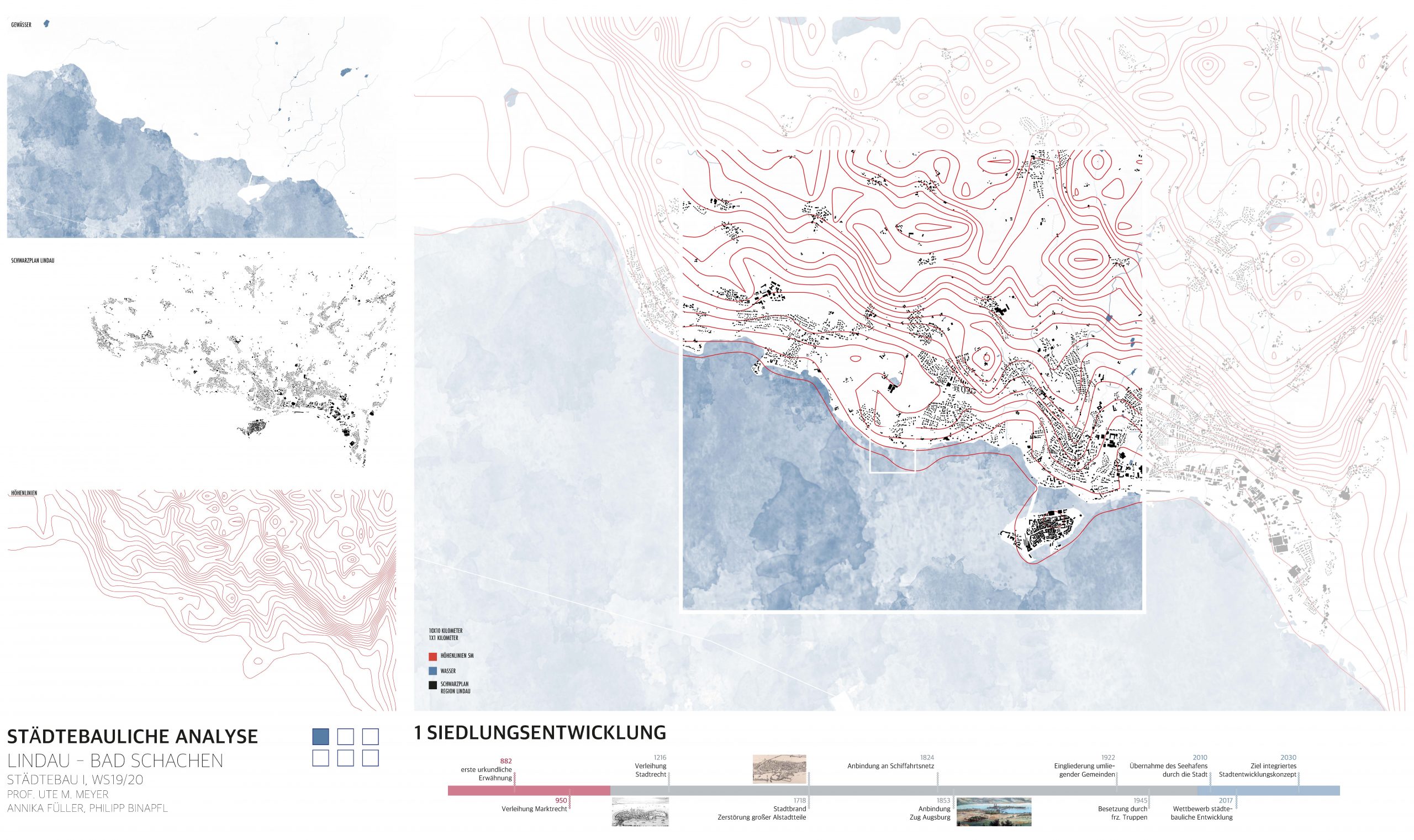
The area north of Lake Constance is a haven of up to date agriculture between local produce, regional identity and global export ties. More than once, a labour and capital intense agricultural tradition has proved resilient to times of change and disruption. Today highly specialised fruit, wine and hops production have substituted the once dominant livestock farming. Sophisticated gourmet foods serve niche markets, while medium sized but profitable plantations appeal to larger, but also increasingly food-conscious consumer groups. Part of the territorial legacy are expanded networks of small hamlets.
This story is based on the research by Selina Erhart and Monika Walser in WS 20/21

